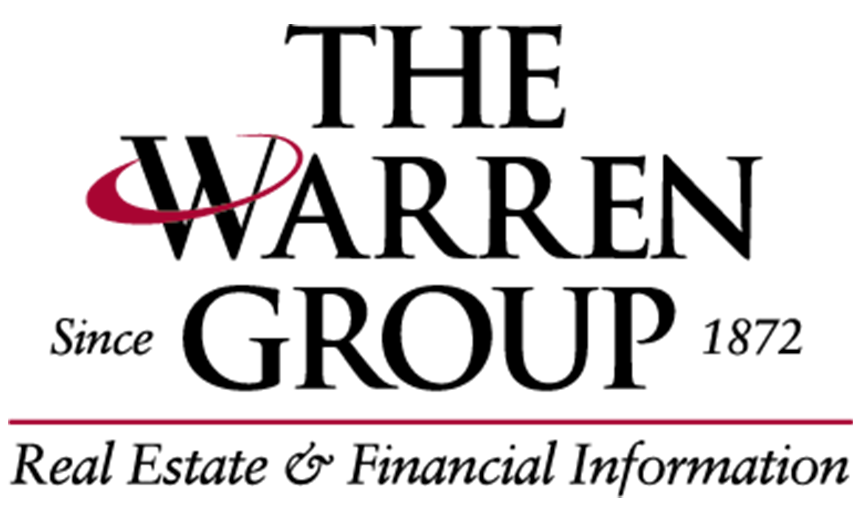To read our latest blog post discussing predictions for the national housing market this year, click here.
What did we expect?
Many mortgage professionals, such as jvmlending.com, predicted 2020’s market environment to continue well into 2021, suggesting the possibility of minor increases to mortgage rates and the continuation of strong demand. Other professionals suggested a return to normal, that we would see a strong rise in mortgage rates and a return of the seasonality of the market (instead of this constant high demand and low supply we have been experiencing). So, what are the themes currently ruling the real estate market as of today?
Rates are on the rise and interest is declining
According to data from the Mortgage Bankers Association, cited in a Forbes.com article discussing the change in mortgage applications completed, the number of applications has been declining and indicating a decrease in demand. This may in part be due to rising mortgage rates, even though they are still low. According to bankrate.com the 30-year fixed mortgage rate is currently hovering around an average of 3.25 percent, an increase from Nasdaq.com’s February 1st average of 2.80 percent. Are rising interest rates the culprit for the decline in demand?
To answer that question, we need to first look at price trends…
The number of new sellers entering the market has remained low despite a noted increase since December 2020, as discussed in this realtor.com article. Prices themselves are continuing to rise as the number of total sales is seeing a decline despite a continued year-over-year increase. The article remarks the pace of sales has held steady above the pre-COVID baseline at 106.2 but fell slightly during the week ending February 13 by 5.4 points.
Back to why demand is declining…
Make no mistake, we’re continuing to see record-high year-over-year sales in both activity and price, but it is important to note the decrease in the growth of those sales.
The declining mortgage application numbers are likely due to a combination of rising rates and rising prices. All throughout 2020, we saw that rising home prices were not a deterrent for buyers, largely due to the low interest rates keeping the monthly payments on a higher-priced home relatively low, or at least manageable. Now that rates are on the rise and home prices are continuing their upward trend, buyers need to consider their monthly payments more carefully than before. This, along with a continually poor supply of new houses on market, will explain the decline in mortgage applications we’re starting to see.
The question is whether or not the decline will last
Many industry leaders are predicting interested rates that rise a little but stay low overall and strong demand. Others expect a return to a seasonally dictated housing market with higher interest rates and a stronger supply.
We’re starting to see some changes in the market that are promising for a return to normalcy, but the pace and continued lack of demand is a stronger indication of 2021’s housing market continuing the trend of record-breaking year-over-year sales. We’ll just have to keep an eye out for dropping prices, steeper declines in applications, or increases in demand to indicate a faster return to a pre-COVID market.


Recent Comments